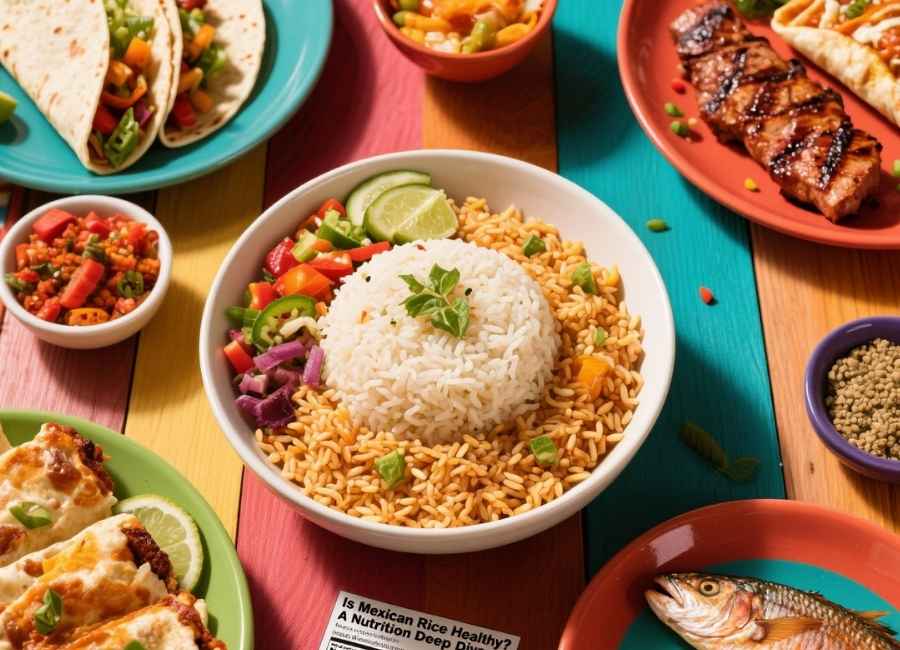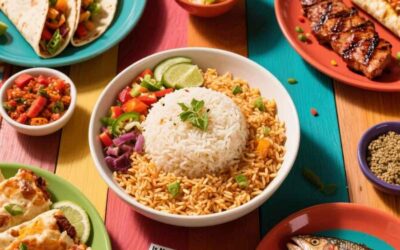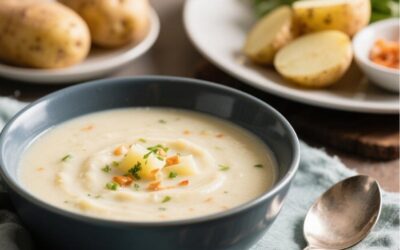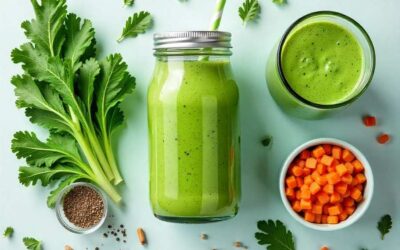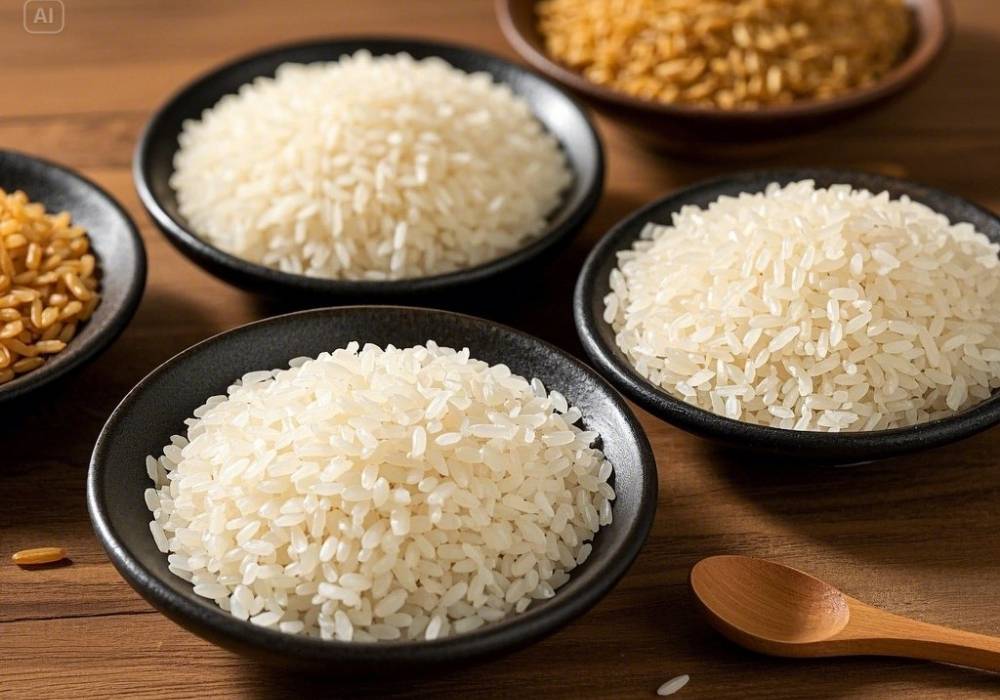Rice is a staple ingredient in cuisines around the world, beloved for its versatility, affordability, and comforting flavor. But if you’ve ever found yourself with way too much rice (or nowhere near enough) after a meal, you’ve likely wondered, “What is the right amount of rice per person?” Whether you’re meal-prepping for the week, hosting dinner, or planning a large gathering, getting the quantity just right is key.
This guide will break down exactly how much rice to prepare per person, explain the factors that might affect this, and share tips for measuring, cooking, and storing rice.
Why Does Rice Measurement Matter?
Cooking the right amount of rice matters for three key reasons:
- Avoiding Waste – Over-cooking rice means unnecessary leftovers, which might go to waste (especially if they aren’t stored properly).
- Budget-Friendly – Rice is inexpensive, but cooking just the right amount ensures you get maximum value without overspending or compromising space in your pantry.
- Portion Control – Proper portions ensure a balanced meal. It’s easy to overeat when there’s more food on the plate than necessary.
Let’s explore the ideal rice quantities and how to tailor them to your needs.
The Standard Rule for Rice Per Person
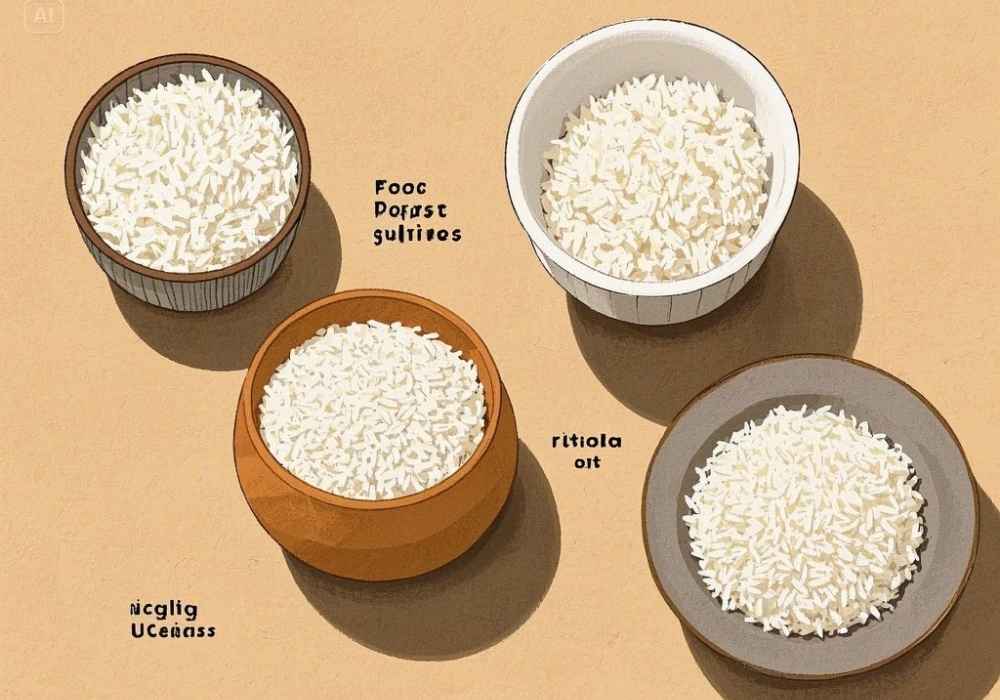
The general guideline for rice servings is as follows:
- Uncooked rice: 1/4 cup (approx. 50-60 grams) per person for a side dish or 1/2 cup (approx. 100 grams) per person for a main dish.
- Cooked rice: 1 cup (approx. 200 grams) per person for a main or 1/2 cup (approx. 100 grams) for a side.
This means that raw rice roughly triples in volume once cooked. For instance:
- 1 cup of uncooked rice yields about 3 cups of cooked rice.
- If you’re feeding four people as a side dish, you’ll need about 1 cup (250 grams) of uncooked rice.
Keep in mind that everyone’s appetite differs, and these measurements serve as a helpful starting point.
Factors That Affect How Much Rice to Cook
While the above guideline works in most scenarios, some factors might require you to adjust the amount:
1. Type of Rice
The type of rice you use can impact the weight and volume after cooking. For example:
- Short-grain rice (like sushi rice) tends to expand slightly more than long-grain varieties such as jasmine or basmati rice.
- Arborio rice, often used for risotto, absorbs a significant amount of liquid, creating a creamier consistency that might feel heavier, meaning you need slightly less.
- Brown rice, red rice, or wild rice is bulkier and takes longer to cook, leading to slight differences in portion sizes.
2. Role in the Meal
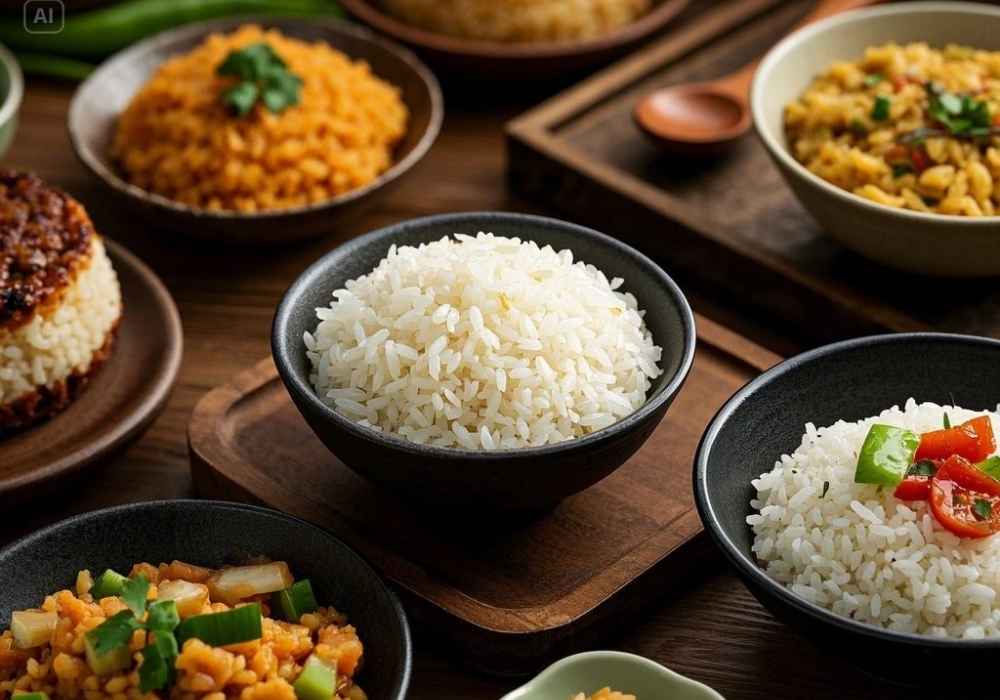
Consider whether rice is the star of the meal or a supporting side:
- For dishes like fried rice, rice bowls, or risotto (where rice is the main element), you’ll want larger servings.
- If served alongside protein-heavy mains (like curry or stir-fry), smaller portions of rice may suffice.
3. Appetite and Age of Diners
Serving sizes can vary significantly depending on the eaters:
- Adults typically require more rice than children.
- For larger eaters or events where guests will serve themselves buffet-style, it might be wise to cook just a bit extra.
4. Meal Occasion
Special occasions or multi-course meals may call for adjustments:
- At a potluck or feast with various dishes, people are likely to take smaller portions of rice.
- For a simple weekday dinner, stick to standard portions unless second helpings are expected.
Measuring Rice Correctly
Getting your measurements right doesn’t have to be complicated:
Using Measuring Cups
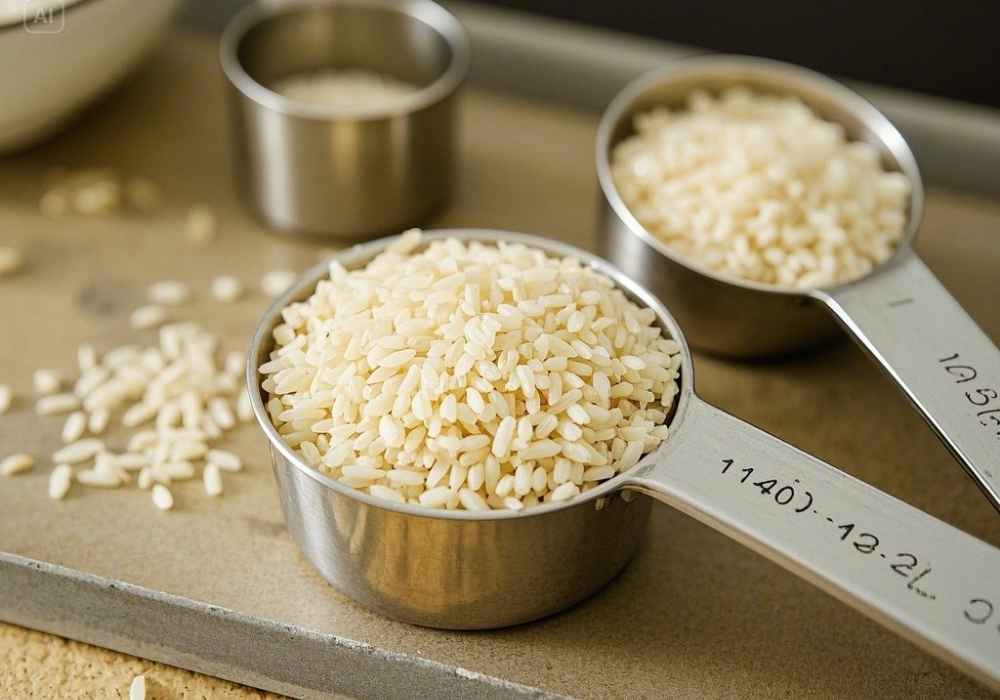
Stick to 1/4 cup of uncooked rice per person for a side dish or 1/2 cup for a main dish. A standard measuring cup (leveled off) is your best tool for consistency.
Weighing Rice
If you have a kitchen scale, weighing rice can deliver even more accuracy:
- For a single serving, measure 50-60 grams (uncooked) as a side or 100 grams for a main.
Visual Estimation
No tools? You can estimate a serving of uncooked rice by using your hand:
- 1/4 cup of dry rice fits roughly into the cupped palm of an adult hand.
Tips for Batch Cooking
If you’re cooking for a large group, calculate the total quantity by multiplying the servings. For example:
- For 10 guests (as a side dish): Cook 2.5 cups (around 500-600 grams) of uncooked rice.
- Remember, it’s always better to lean on the side of slightly more for large gatherings!
Cooking the Perfect Portion
Knowing how much rice to cook is only half the equation. Perfectly cooked rice ensures that no grains go to waste!
Basic Rice Cooking Ratios
The water-to-rice ratio depends on the type of rice you’re using. The general suggestion is:
- Long-grain white rice (like jasmine or basmati): 1 cup of rice to 2 cups of water.
- Short-grain or sushi rice: 1 cup of rice to 1 1/4 cups of water.
- Brown rice: 1 cup of rice to 2.5 cups of water (it absorbs more liquid).
Steps for Cooking Plain Rice
- Rinse the rice thoroughly in cold water to remove excess starch (optional but recommended for fluffier rice).
- Combine rice and water in a pot with a pinch of salt.
- Bring the water to a boil, reduce to low heat, cover, and simmer.
- Cook based on your rice type:
-
-
- White rice: 15-20 minutes.
- Brown rice or wild rice: 40-45 minutes.
-
- Turn off the heat and allow the rice to sit for 5-10 minutes before fluffing with a fork.
Storage and Leftovers
Cooked too much rice? No problem! Store it safely to avoid waste:
- Refrigeration: Cool down cooked rice quickly and transfer it into airtight containers. Eat within 3-4 days.
- Freezing: Place individual portions of rice in freezer-safe bags. Reheat as needed, and it’ll stay good for up to 3 months.
- Reheating: Add a splash of water to rehydrate the rice before microwaving, or steam it for best results.
Take the Guesswork Out of Rice Prep
Cooking rice for yourself, your family, or a larger group doesn’t have to be tricky. By using these guidelines and adjusting for specific factors like meal-type and appetite, you can ensure perfect portions every time. No leftovers, no waste, just delicious meals.
Turn rice into the perfect base for your favorite dishes—from stir-fries to curries and everything in between. Once you’ve mastered portions, there’s no limit to what you can create!











